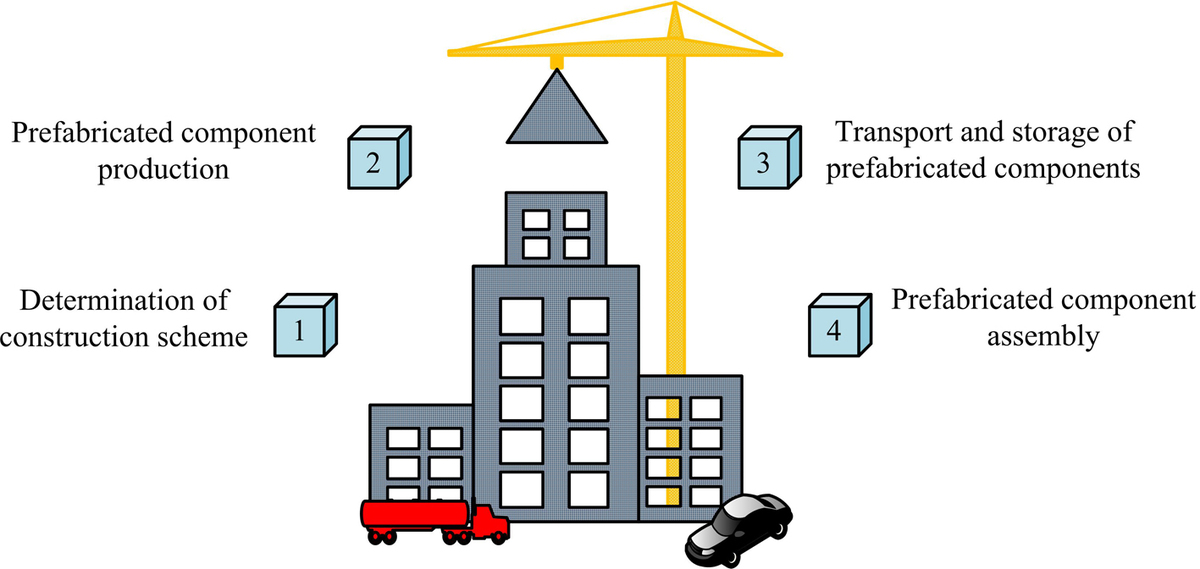Construction scheduling optimization in the prefabricated buildings through multi-objective GA on the principle of sustainable development
1
Architecture and Engineering, The Open University of Shaanxi, China
Submission date: 2023-11-08
Final revision date: 2024-01-10
Acceptance date: 2024-01-30
Publication date: 2024-10-01
Corresponding author
Archives of Civil Engineering 2024;70(3):459-472
KEYWORDS
Prefabricated buildingNon-dominated sorting genetic algorithmResource constraintsPrefabricated componentSustainable development principles
TOPICS
ABSTRACT
To save resources and protect the environment to the maximum extent, green buildings came into being. Among them, prefabricated building are the only way for traditional buildings to transform into green buildings. The construction scheduling of traditional buildings is mostly focused on the control of on-site resources, which can not scientifically and reasonably complete the construction goal of prefabricated building. In response to the above issues, a resource constrained scheduling model based on genetic algorithm is designed by sustainable development, and an improved non dominated sorting genetic algorithm with elite strategy is introduced. It is used to solve the time cost weight balance scheduling model and the low-cost low-carbon scheduling model.The research results indicated that this algorithm had a reverse generation distance value of 0.35 when evaluated 4000 times, and a super volume value of 0.43 when evaluated 10000 times. In the application of a certain affordable housing project, the resource constrained scheduling model based on genetic algorithm can shorten the assembly phase to 8 days, and the low-cost low-carbon scheduling model using proposed algorithm can reduce the transportation cost and carbon emission duration of transportation vehicles to 22501 yuan and 93.75 , respectively. Resource constrained scheduling models based on genetic algorithms and low-cost low-carbon scheduling models have potential in the field of green buildings, which can achieve significant results in saving time, cost, and reducing carbon emissions.These research results can provide reference for the promotion and practice of green buildings, and guide the formulation and implementation of relevant policies.
We process personal data collected when visiting the website. The function of obtaining information about users and their behavior is carried out by voluntarily entered information in forms and saving cookies in end devices. Data, including cookies, are used to provide services, improve the user experience and to analyze the traffic in accordance with the Privacy policy. Data are also collected and processed by Google Analytics tool (more).
You can change cookies settings in your browser. Restricted use of cookies in the browser configuration may affect some functionalities of the website.
You can change cookies settings in your browser. Restricted use of cookies in the browser configuration may affect some functionalities of the website.




